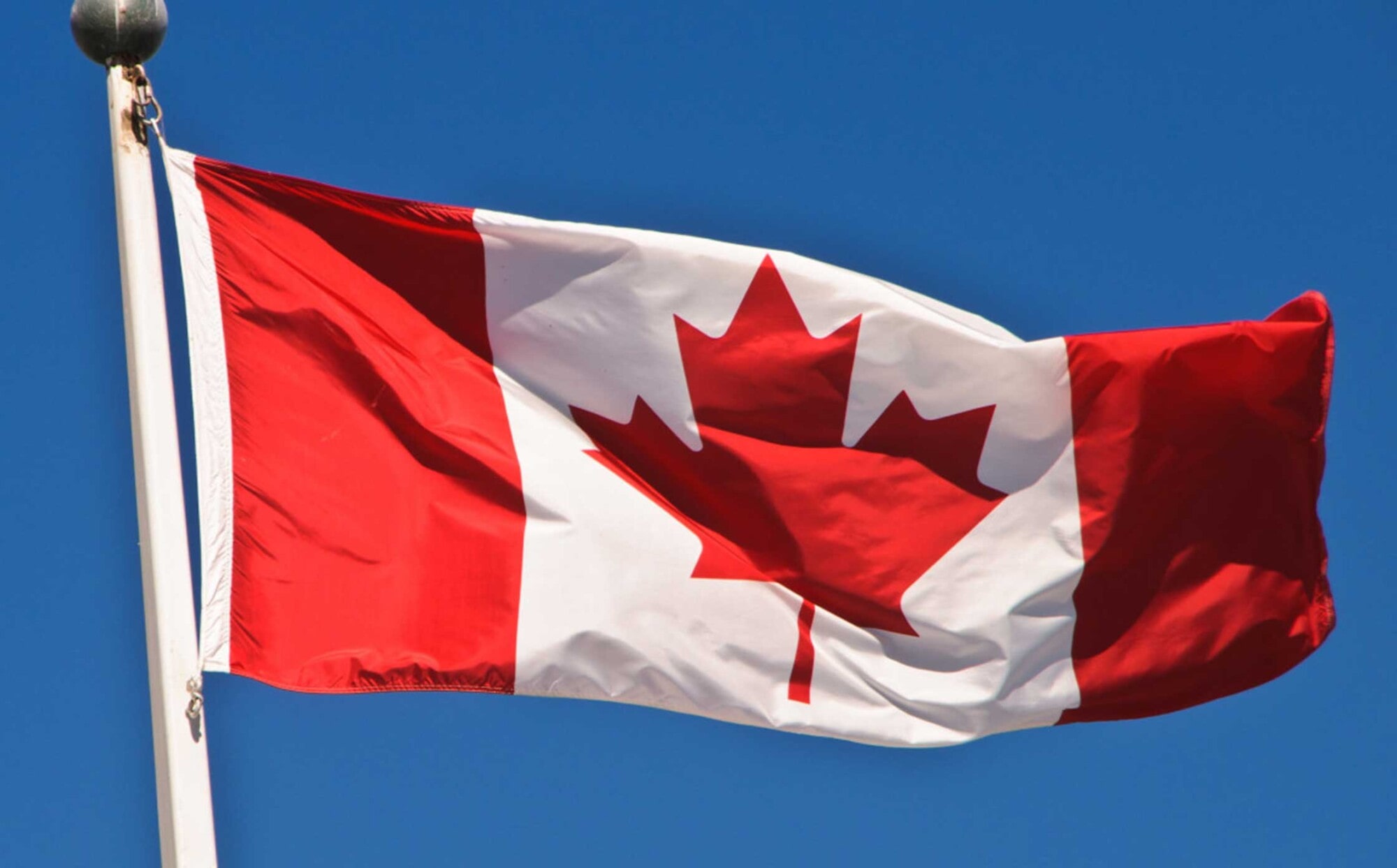The 5 Basic Principles of Flag Design
Applied Arts, March 2015
One of the best lessons I have learned as a designer is that it’s difficult creating something simple, something impactful. Saying a lot with a little is a challenge. The design of logos, stamps and flags comes to mind.

I’ve always been fascinated with flags — nautical, semaphore, military, car racing, national flags, etc. I’m attracted to their colours, their shapes, their histories, but mostly their meanings. What do they represent? What stories do they embody? Having said that, I often wonder whether people appreciate just how difficult it would be to design a great flag.
Back in 1964, Prime Minister Lester B. Pearson created quite a stir when he proclaimed that it was time Canada had its own distinctive flag. His quest upset the traditionalists and rattled the Progressive Conservative party. It was hotly debated in Canadian parliament and, after a lengthy filibuster — which resolved nothing — a special flag committee was established in an attempt to move things forward.
The committee reviewed 2,600 proposals, sent to them by would-be designers from across the country. Concepts included everything from beavers and bears to Canadian geese and the northern lights. Thanks to George Stanley, who at the time was the dean of arts at the Royal Military College in Kingston, a unique flag emerged. On February 15, 1965, the national flag of Canada was officially raised.
This year, the Canadian flag celebrates its 50th birthday. As far as national flags go, that’s relatively young. Denmark has one of the world’s oldest flags — it’s been flying for close to eight centuries.
Several years ago, I came across an intriguing list generated by the North American Vexillological Association. Vexillology is the study of flags and this organization has devoted itself to that pursuit for the past 40 years. “Five Basic Principles of Flag Design” is their concise list of the dos and don’ts in flag design. Here are their recommendations:
• Keep it Simple: A flag, they say, should be so simple that a child can draw it from memory. Kids will have fun drawing Japan’s flag, but not so much fun with Turkmenistan’s elaborate carpet-like patterns.
• Use Meaningful Symbolism: A Star of David in Israel’s flag carries great meaning; however, the symbol of the rifle found on Mozambique’s flag may not be the most positive icon to represent a country.
• Use Two to Three Basic Colours: Most flags get this right. Clearly South Africa didn’t get this memo — it has six colours on its flag.
• No Lettering or Seals: Mexico has incorporated an extremely complicated seal into its flag — an eagle holding a serpent, perched atop a prickly pear cactus, atop a rock that hovers over a lake. Try drawing that, kids.
• Be Distinctive or Be Related: I understand why the Scandinavian flags are part of a family, but Australia and New Zealand’s flags are virtually identical.
Now try applying each of these principles to the Canadian flag. It’s safe to say the flag scores five out of five. That’s quite an achievement. Unlike the Red Ensign’s detailed components of a Union Jack and a crest made of six colours, the single maple leaf stands bold and proud. As Jacques Viger, Montreal’s first mayor, said of the maple, “it is the king of the forest […] the symbol of the Canadian people.”
I was a young boy in 1965 and I recall the day the new flag was hoisted to the top of the flagpole at my public school. The vibrant scarlet leaf fluttering in the breeze appeared to come to life — it was fresh and energetic, like the kids in the playground. I was completely unaware of the controversy incited by the new flag. I just knew that it filled me with excitement and pride. My parents, however, were another story. Along with many other Canadians who had grown up with the Red Ensign, they were unsure of this change. Their lack of enthusiasm for the maple leaf left me feeling sad.
Change means different things to different people. And change is not always easy. For those of us who are designers, we know all about this. After 50 years of seeing the Canadian flag on buildings, stadiums, uniforms, backpacks, in our own backyard and throughout the world, it has proven to be an exceptional flag. I’m happy to say that my parents grew to love it, for it came to represent all that is great about Canada.
As a leaf is to a tree, so are we citizens to a country — strong as individuals, even stronger as a nation. If only I had the list of the “Five Basic Principles of Flag Design” to show the doubtful back then.